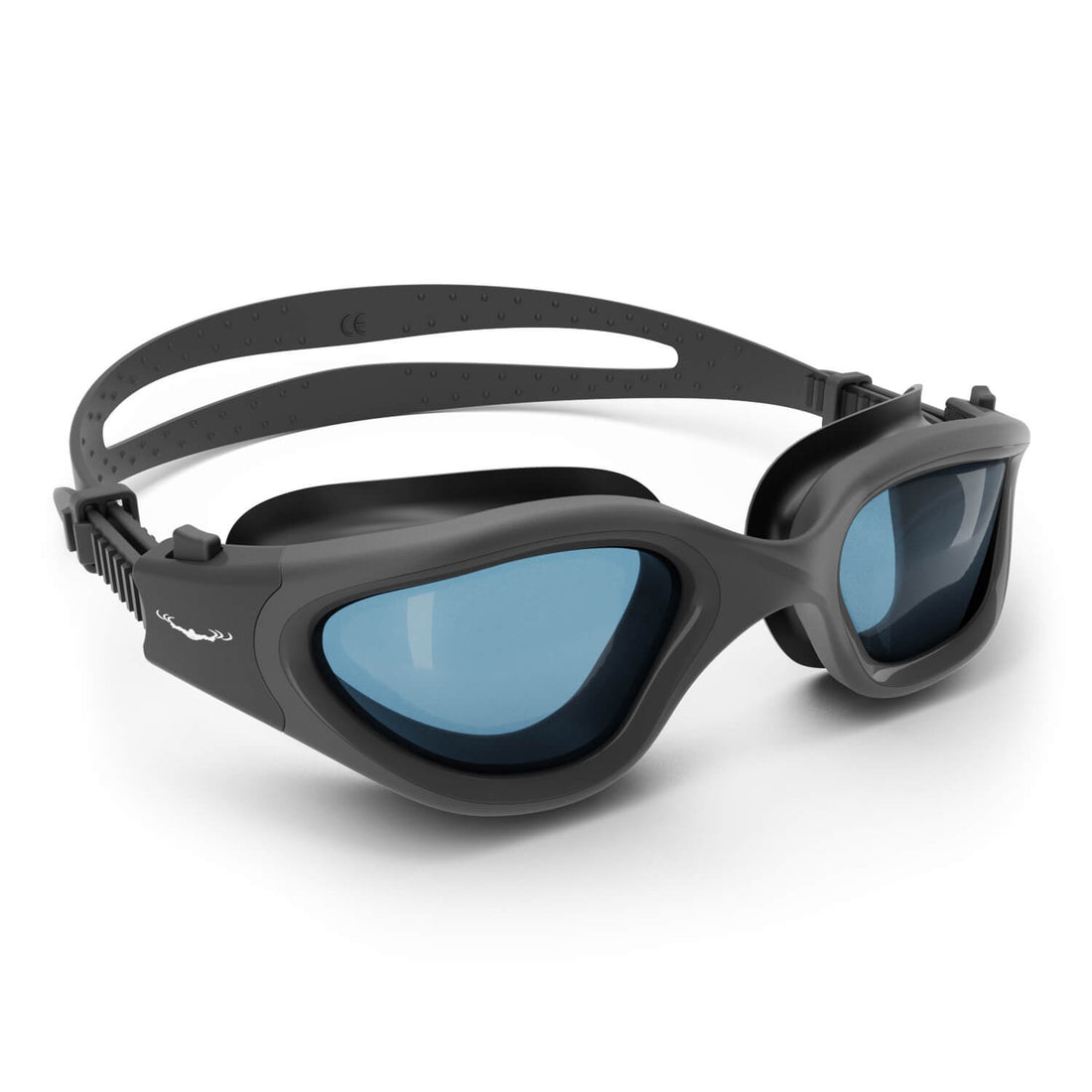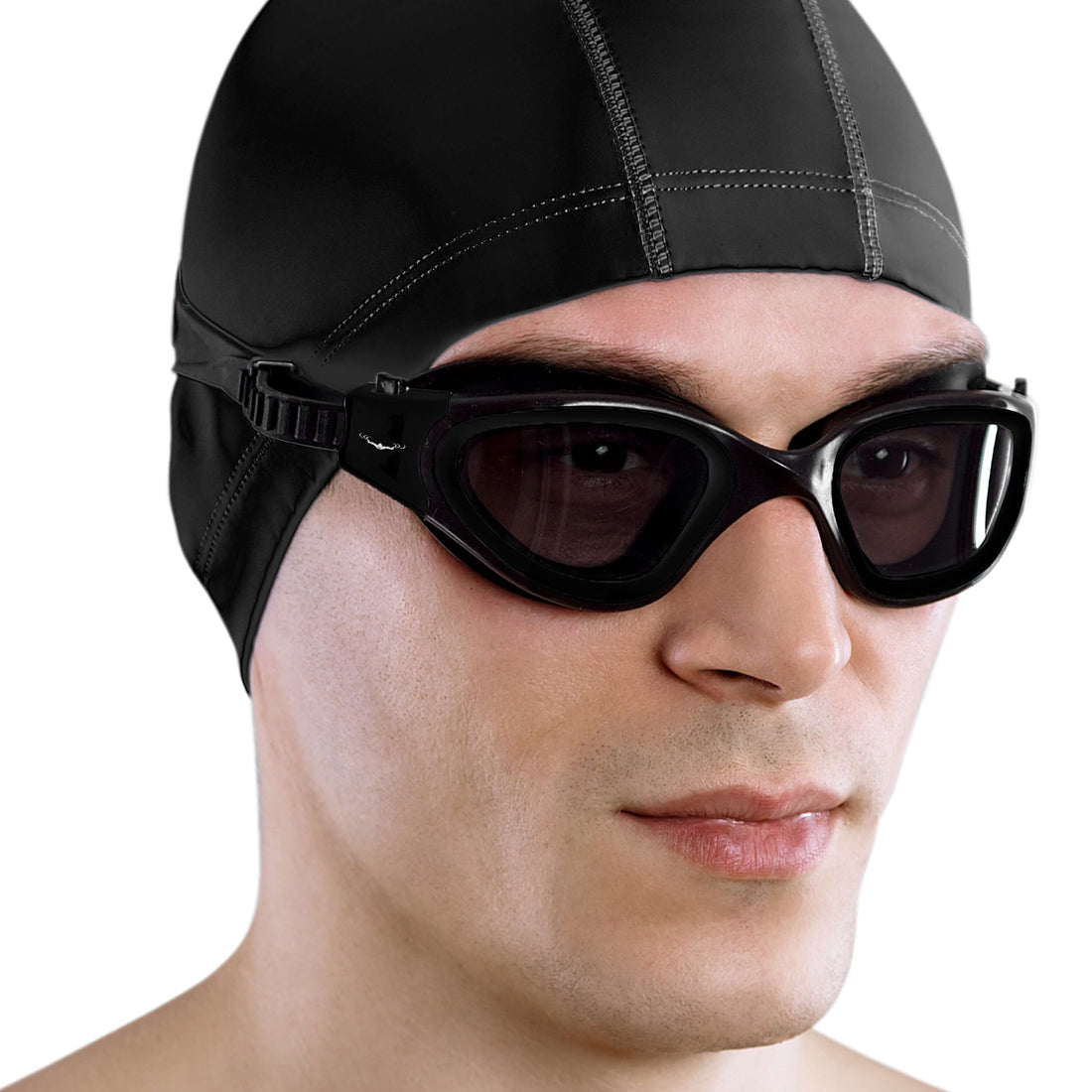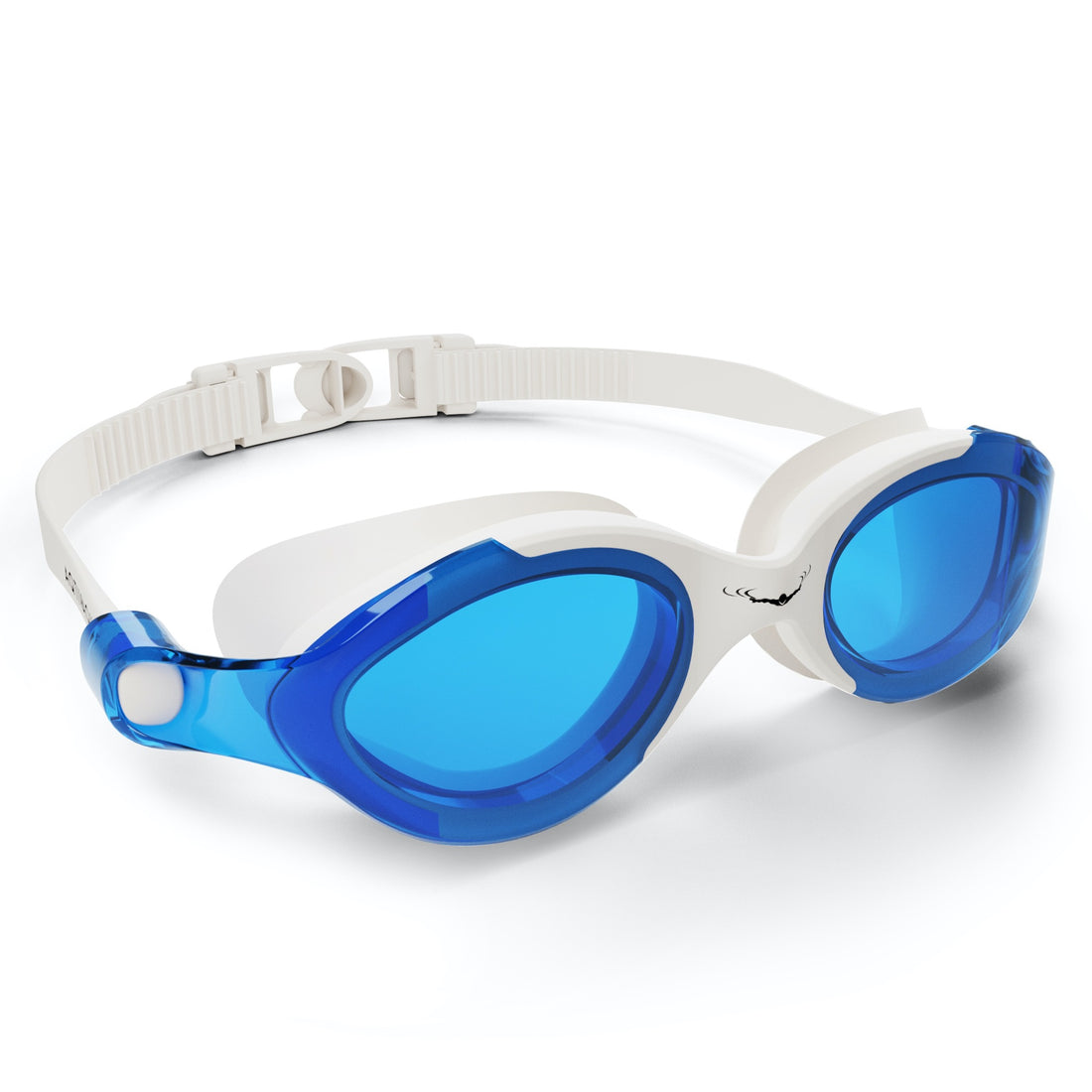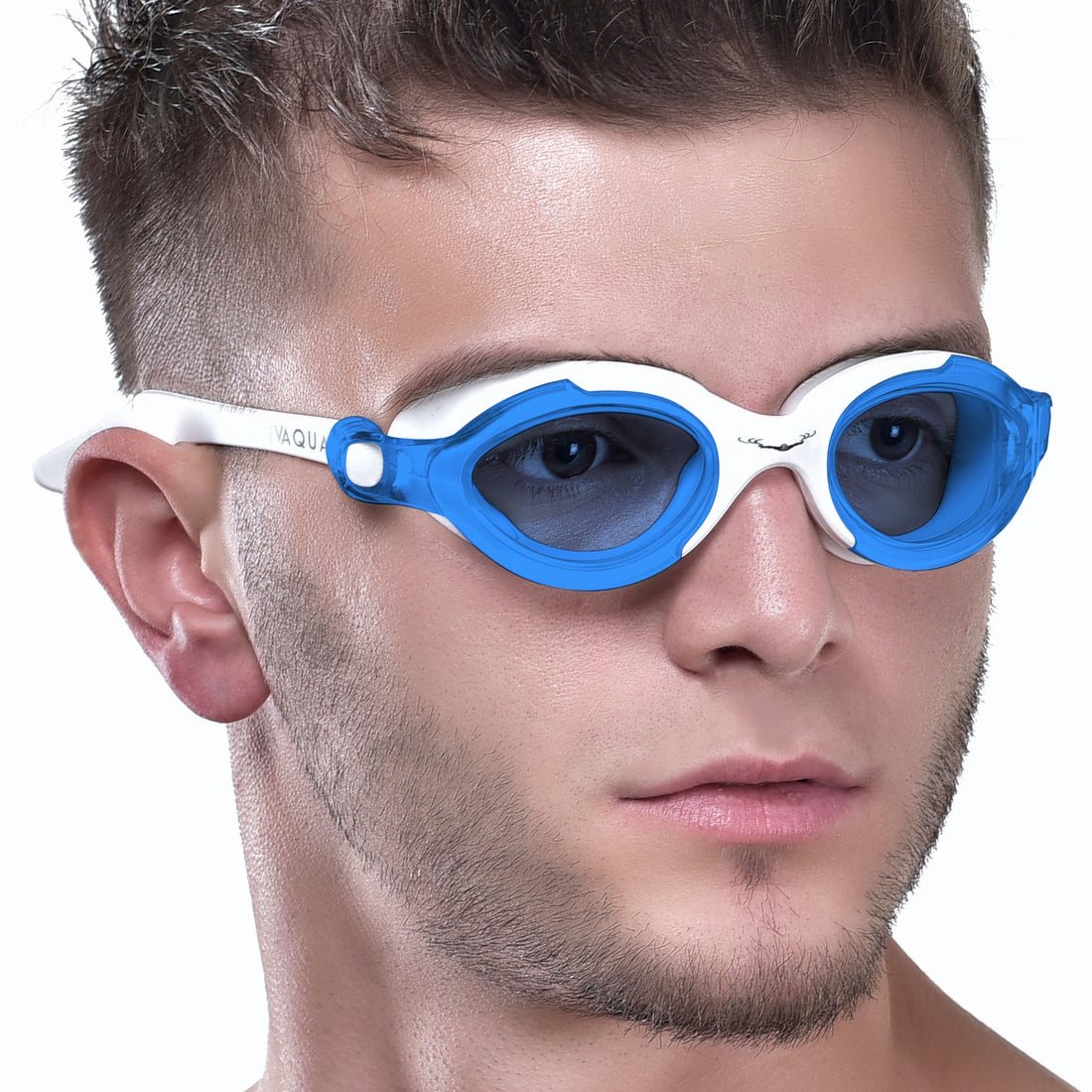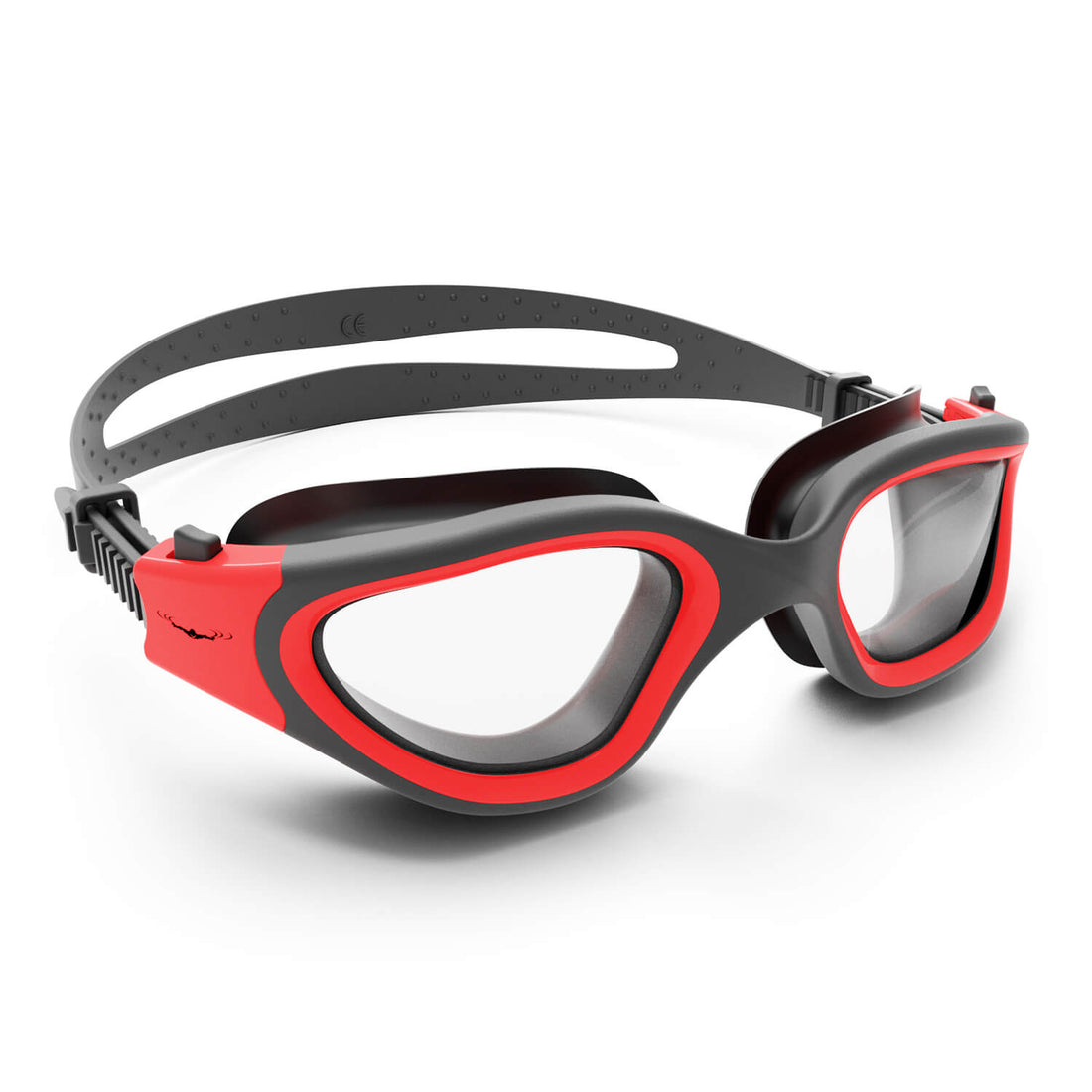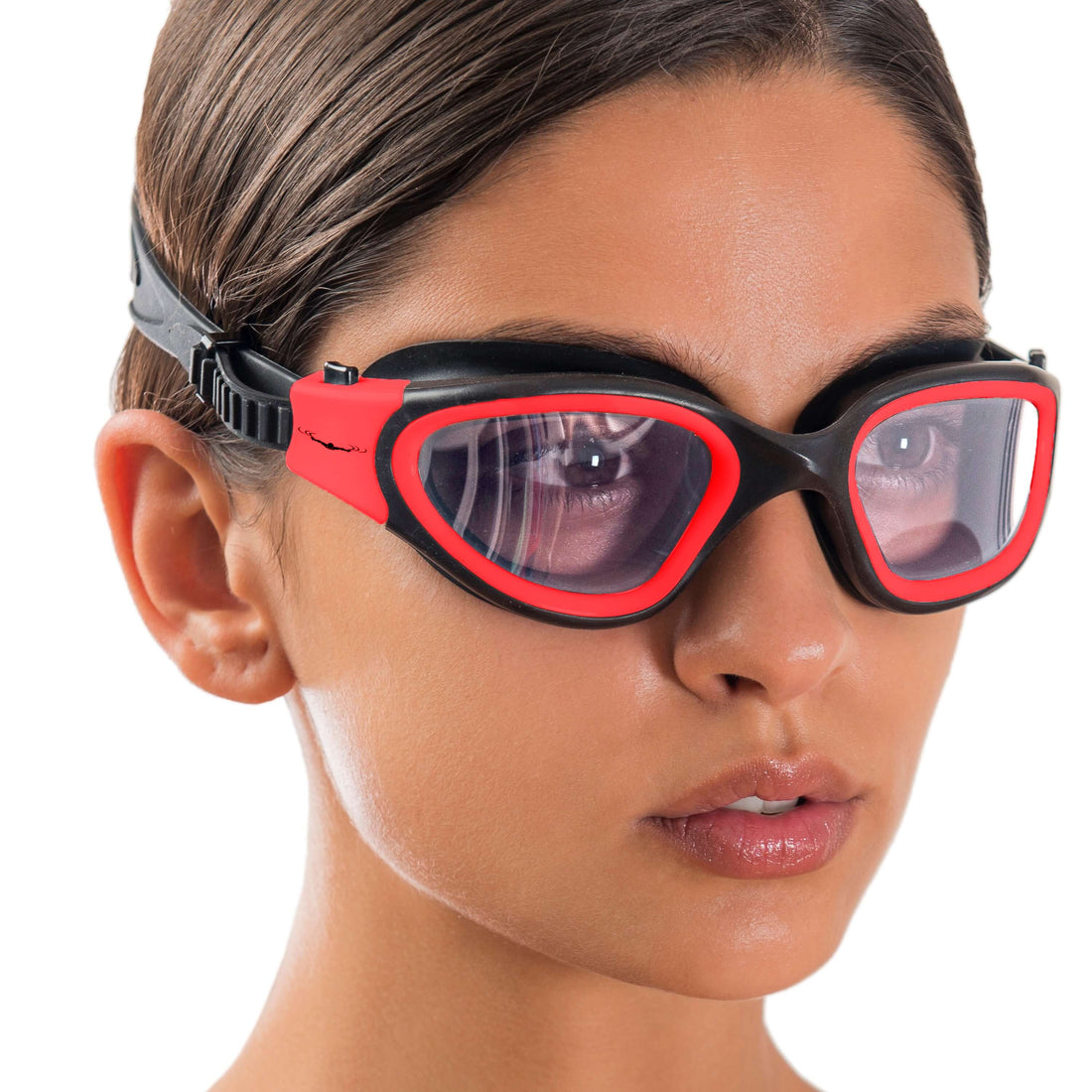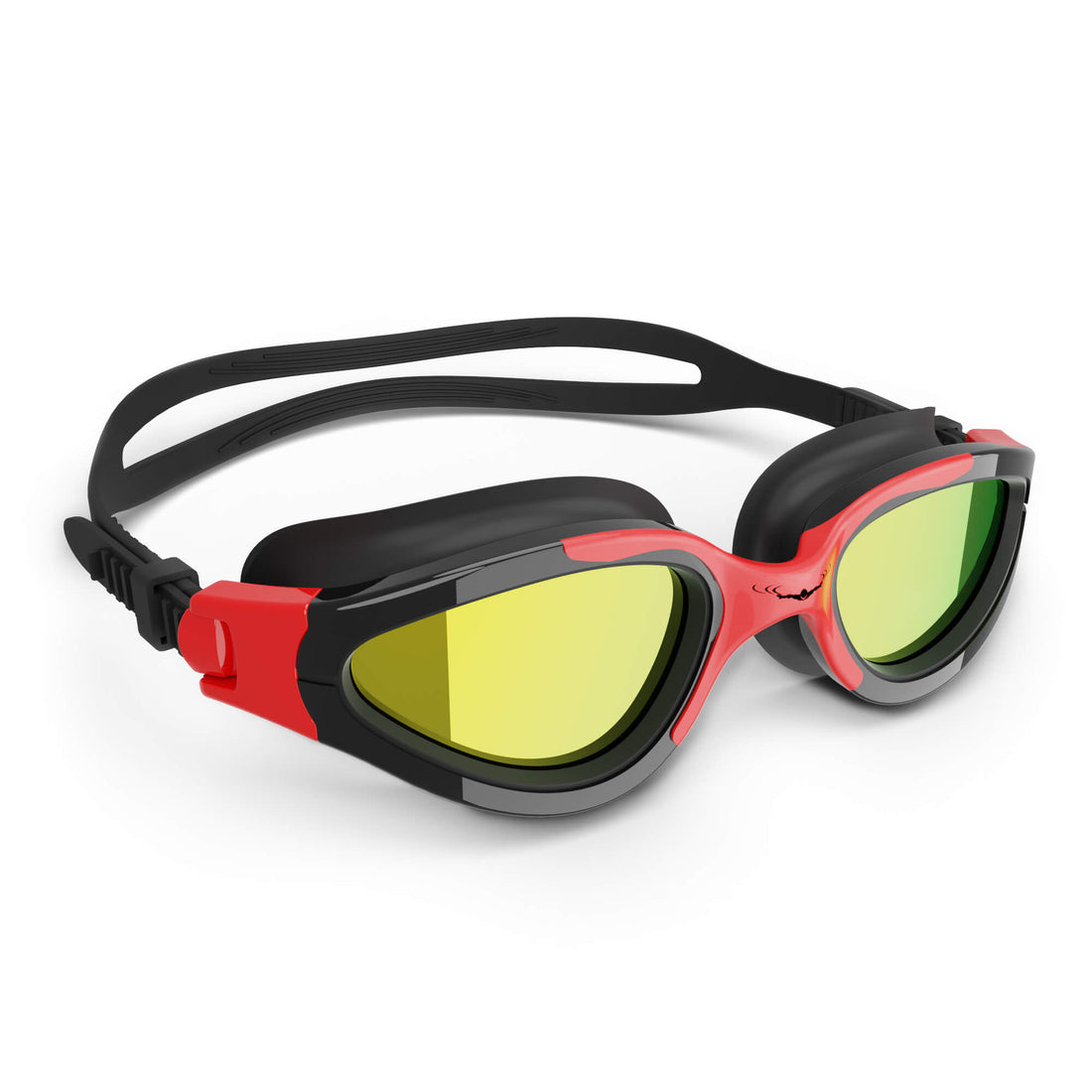Frequently Asked Questions
1. Why are swimming techniques important?
2. What are the primary swimming strokes to learn as a beginner?
3. What essential gear should beginners consider when swimming?
4. How can I overcome my fear of water as a beginner?
5. What strategies can help improve my swimming practice?
Swimming is not just a fun summer activity; it’s a vital skill and a great way to stay fit. For beginners, diving into the water can be both exciting and daunting. Understanding essential swimming techniques lays the foundation for a safe and enjoyable experience in the water. This guide will walk you through key swimming techniques and also touch on handy accessories like ear plugs for swimming and swim ear bands that can enhance your swimming experience.
Why Swimming Techniques Matter
Mastering swimming techniques is crucial for safety and efficiency. A proper grasp of these techniques can reduce the risk of injury and increase your comfort in the water. Whether you’re swimming for exercise, recreation, or competitive purposes, these techniques will help you become a better swimmer.
Understanding the Body Position in Water
One of the most fundamental aspects of swimming is body position. A streamlined position helps reduce water resistance, allowing you to swim faster and with less effort.
The Importance of Balance
Maintaining a balanced position in the water involves keeping your body horizontal. A key tip is to keep your hips and legs close to the surface. This allows you to glide through the water with minimal drag. Here's how to achieve proper body alignment:
- Head Position: Keep your head looking straight down. This helps maintain a neutral spine position.
- Core Engagement: Tightening your core helps stabilize your body during strokes.
- Foot Position: Your feet should be pointed and close to the water's surface.
The Basic Swim Strokes
There are four primary strokes that beginners should focus on. Each stroke has its unique techniques and breathing patterns. Let’s explore each of these swimming styles!
Freestyle (Front Crawl)
The freestyle stroke is the most common and fastest swimming style. Here's how to perfect your freestyle:
- Arm Movement: Extend one arm forward while performing a windmill motion with the other. Ensure your hand enters the water smoothly and fully extends before the catch phase.
- Kick: Keep a steady kick from your hips rather than your knees. A flutter kick helps maintain your speed and balance.
- Breathing: Turn your head to the side to breathe in every two to three strokes.
Backstroke
Backstroke is unique because it involves swimming on your back. This stroke is also easier on the neck and shoulders. Here’s a breakdown of how to execute a good backstroke:
- Body Position: Keep your body flat and your face up. Your hips should be near the surface.
- Arm Technique: Move your arms in a circular motion, alternating backward while keeping your elbows high.
- Kick: Continue to use a flutter kick to help propel you forward.
Breaststroke
Brestroke is often recommended for beginners due to its emphasis on short distances and reliance on arm strokes. Here’s how to perform it:
- Arm Movement: Both arms move simultaneously in a circular motion just below the water’s surface.
- Leg Action: The frog kick involves drawing both legs up to your chest and kicking outwards.
- Breathing: Lift your head to breathe as your arms extend forward.
Butterfly
The butterfly stroke is often considered one of the most challenging strokes. It requires timing and strength. Here’s how to get started:
- Body Motion: Your body should undulate like a wave as you swim.
- Arm Technique: Both arms move simultaneously over the water in a windmill motion.
- Kick: A dolphin kick is used, where legs move together in a fluid motion.
- Breathing: Breathe every two strokes by lifting your head forward as you pull your arms.
Breathing Techniques for Beginners
Proper breathing techniques can significantly enhance your swimming performance. Here are some valuable tips:
Breathing Timing
Learn to time your breaths with your strokes. In freestyle, turning your head to breathe should coincide with your arm's recovery phase. Proper timing reduces resistance and allows for smoother swimming.
Nasal vs. Mouth Breathing
Learn when to use nasal breathing versus mouth breathing. While swimming, many find it effective to breathe through the mouth. However, practicing nasal breathing can help you regulate your breath if you encounter water in your mouth.
Essential Gear for Beginners
While swimming techniques are vital, having the right gear can enhance your experience in the water. Consider the following:
Swim Goggles
Goggles protect your eyes from chlorine and other irritants found in water. They improve visibility and help you concentrate on your strokes and breathing.
Swim Caps
Wearing a swim cap can keep your hair dry and reduce drag in the water. They can also help keep you warmer in colder temperatures.
Ear Plugs for Swimming
Using ear plugs for swimming prevents water from entering your ears, reducing the risk of infections and discomfort. They can be especially useful for beginners who might not be accustomed to water entering the ears.
Swim Ear Bands
Swim ear bands work in conjunction with ear plugs to offer added protection. They help secure the ear plugs in place, giving you the confidence to focus on your swimming technique without worrying about discomfort.
Overcoming Common Challenges
Every beginner faces challenges when learning to swim. Here are a few common hurdles and tips to overcome them:
Fear of Water
If you are anxious about swimming, start by gradually getting comfortable in the shallow end. Practice floating and breathing before advancing to deeper water.
Difficulty with Breathing
If you find it hard to manage your breath, practice drills to become more comfortable with inhaling and exhaling. Swim with a focus on timing your breathing to your strokes.
Building Endurance
Building swimming endurance comes with consistent practice. Start with shorter distances and gradually increase the length as you build strength and confidence.
The Power of Practice
Consistent practice is essential to mastering swimming techniques. Here’s how to make the most of your practice sessions:
- Set Goals: Establish clear and achievable goals for your swimming progress.
- Join a Class: Enroll in swimming classes with certified instructors to receive guidance.
- Practice Regularly: Frequent practice builds muscle memory and improves technique.
Ride the Wave of Improvement
As you continue to embrace and practice these essential swimming techniques, you’ll build confidence and joy in the water. Remember, every swimming expert was once a beginner. With patience, consistency, and the right gear—like ear plugs for swimming and swim ear bands—you’ll be swimming like a pro in no time! Your swimming journey is just beginning, so dive in and enjoy the ride!



